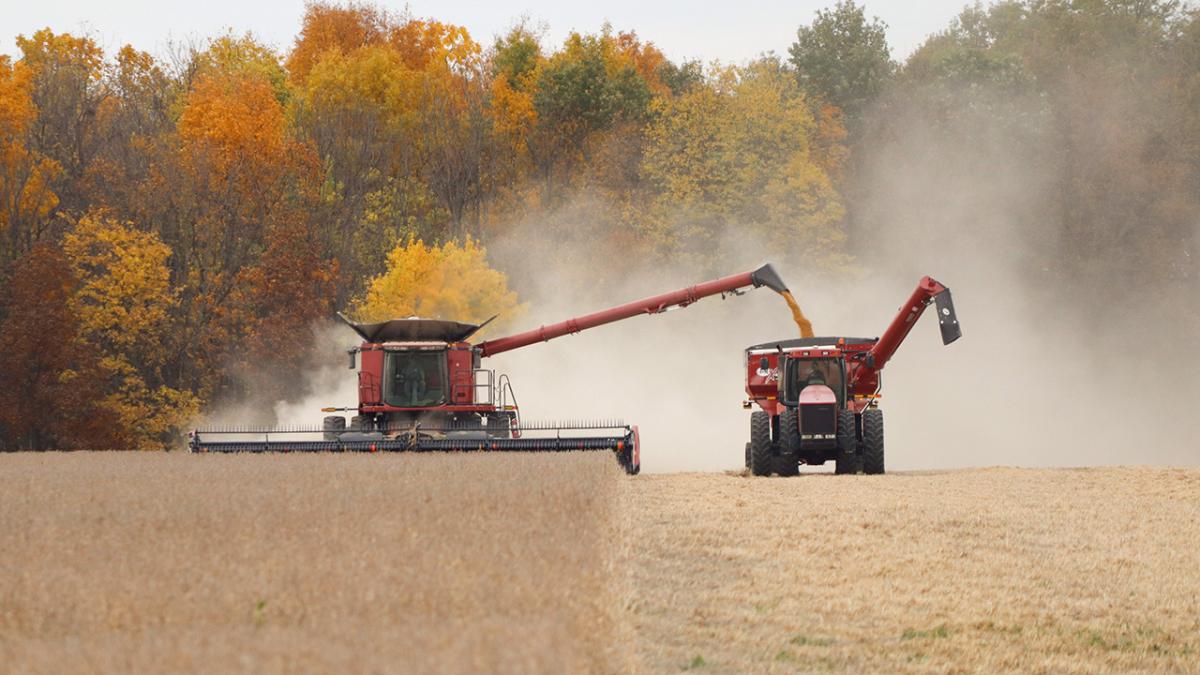Real Ag Stock
This Policy Report column was first published by Nebraska Farmer on Oct. 11, 2024, and is excerpted here with permission.
With commodity prices moving lower and production costs remaining high over the past couple years, crop producers increasingly have had to worry about tighter margins and cash flow for their operations.
The federal farm income safety net has provided substantial support and downside risk protection for producers, but it has predominantly been through the crop insurance program.
Commodity program support has been limited as reference prices and revenue guarantee levels under the 2018 Farm Bill provisions did not keep up with higher prices, even as higher costs ate up much of the gains.
When the 2018 Farm Bill was extended for one year in late 2023, it meant the discussion over potential increases in the safety net were put off for another year. Now that the extension itself has expired, producers are still wondering if support levels could move higher in a new farm bill.
In the meantime, the safety net actually is moving higher under the existing provisions of the 2018 Farm Bill, albeit not as much as might happen under new legislation.
ARC and PLC
The Agriculture Risk Coverage program established under the 2014 Farm Bill ties revenue guarantees to a benchmark revenue based on a moving average price and a moving average trend-adjusted yield.
The Price Loss Coverage program authorized under the same bill tied price protection to a legislated reference price, but the 2018 Farm Bill included a moving average price calculation to increase the reference price if the average was higher than the legislated reference price.
